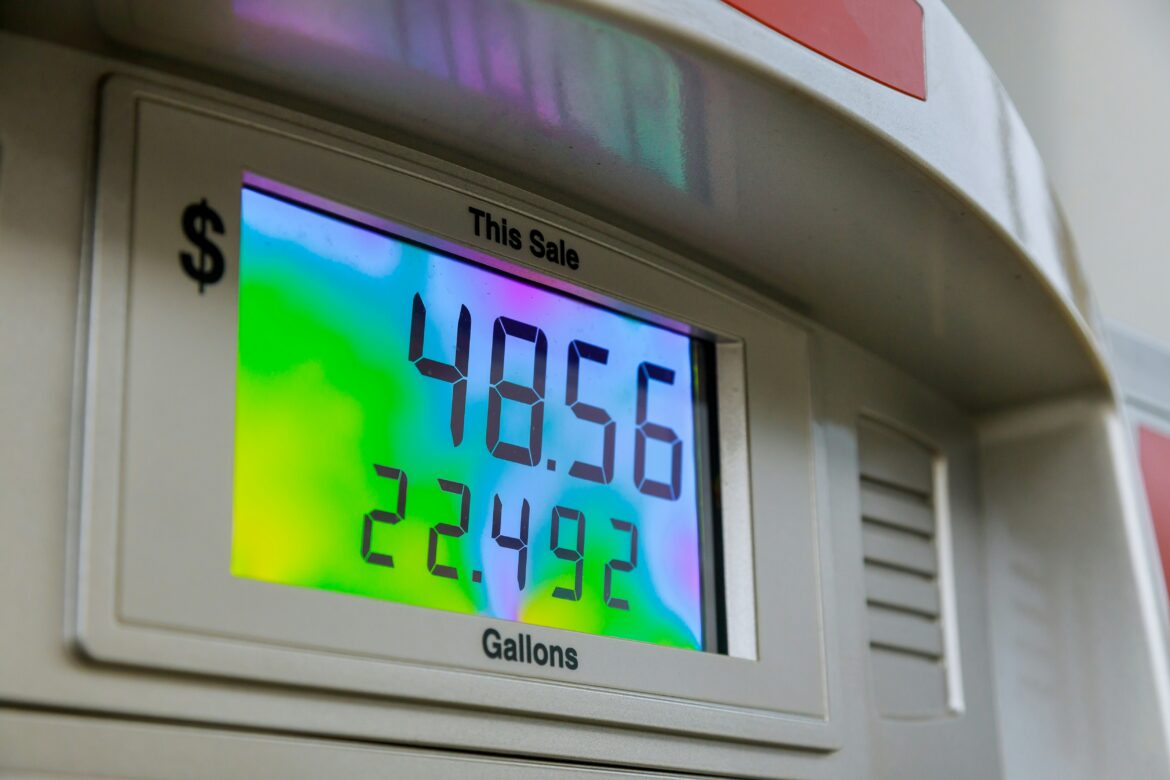The Consumer Price Index (CPI) increased by 2.5% in July 2024 compared to the same month last year, marking the slowest rate of inflation since March 2021, according to data released by Statistics Canada. This deceleration is a decline from June’s 2.7% year-over-year gain and reflects broad-based reductions in prices, particularly in the areas of travel, vehicles, and electricity.
The monthly CPI rose by 0.4% in July, a turnaround from the 0.1% decrease recorded in June. The rise was influenced primarily by a 2.4% increase in gasoline prices, which exerted upward pressure on the overall inflation rate. On a seasonally adjusted basis, the CPI rose by 0.3% in July.
Travel and vehicle prices lead the slowdown
One of the key contributors to the slowing inflation rate was the significant drop in prices for travel-related services. The cost of travel tours fell by 2.8% year-over-year in July, a stark contrast to the 7.4% increase seen in June. This decline is largely attributed to a base-year effect, as travel tour prices surged by 15.5% in July 2023 during the first summer free from COVID-19 restrictions. Other travel-related expenses also saw declines, with traveller accommodation and air transportation prices dropping by 3.7% and 2.7% respectively over the year.
However, on a month-over-month basis, travel costs increased in July, with travel tours up by 4.5%, air transportation by 8.4%, and traveller accommodation by 7.1%.
The price of passenger vehicles also saw a notable decrease, falling by 1.4% year-over-year in July, following a 0.4% decline in June. This trend was driven by slower price growth for new vehicles, which increased by only 1.0% as inventory levels improved. At the same time, used vehicle prices dropped significantly by 5.7%.
Regional variations and the shelter index
Inflation rates varied across the country, with prices rising at a slower pace in five provinces compared to June. The most significant slowdowns were observed in Prince Edward Island and Nova Scotia, driven by decreases in gasoline, fuel oil, and other fuels.
The shelter index, a major component of the CPI, also showed signs of slowing. Prices in this category rose by 5.7% in July compared to the previous year, down from a 6.2% increase in June. The slowdown was primarily influenced by declines in electricity prices, which fell by 0.8% year-over-year in July, reversing the 2.4% increase seen in June. This reduction was most pronounced in Alberta, where electricity prices plummeted by 35.5%, largely due to a base-year effect.
Mortgage interest costs, another significant component of the shelter index, continued to rise but at a slower pace, with a 21.0% increase in July, down from 22.3% in June. Rent prices also followed this trend, rising by 8.5% year-over-year, but at a slower rate than the 8.8% increase in June. The most significant slowdowns in rent price growth were observed in Prince Edward Island, Alberta, and New Brunswick.
Fuel oil and other fuels, which are more commonly used in Atlantic Canada for home heating, saw a 3.5% year-over-year increase in July, following a much steeper 10.5% rise in June.
Gasoline prices up, but still below last year’s levels
While gasoline prices rose by 1.9% year-over-year in July, this increase was faster than the 0.4% rise in June. The acceleration was most pronounced in the Prairie provinces, partly due to reduced supply caused by a refinery shutdown in the Midwestern United States.
Overall, the latest CPI data suggests a continued deceleration in inflation, driven by decreases in specific categories like travel, vehicles, and shelter, while certain areas like gasoline prices are seeing renewed upward pressure. These trends will be closely monitored by businesses and policymakers as they consider the broader economic implications in the coming months.






